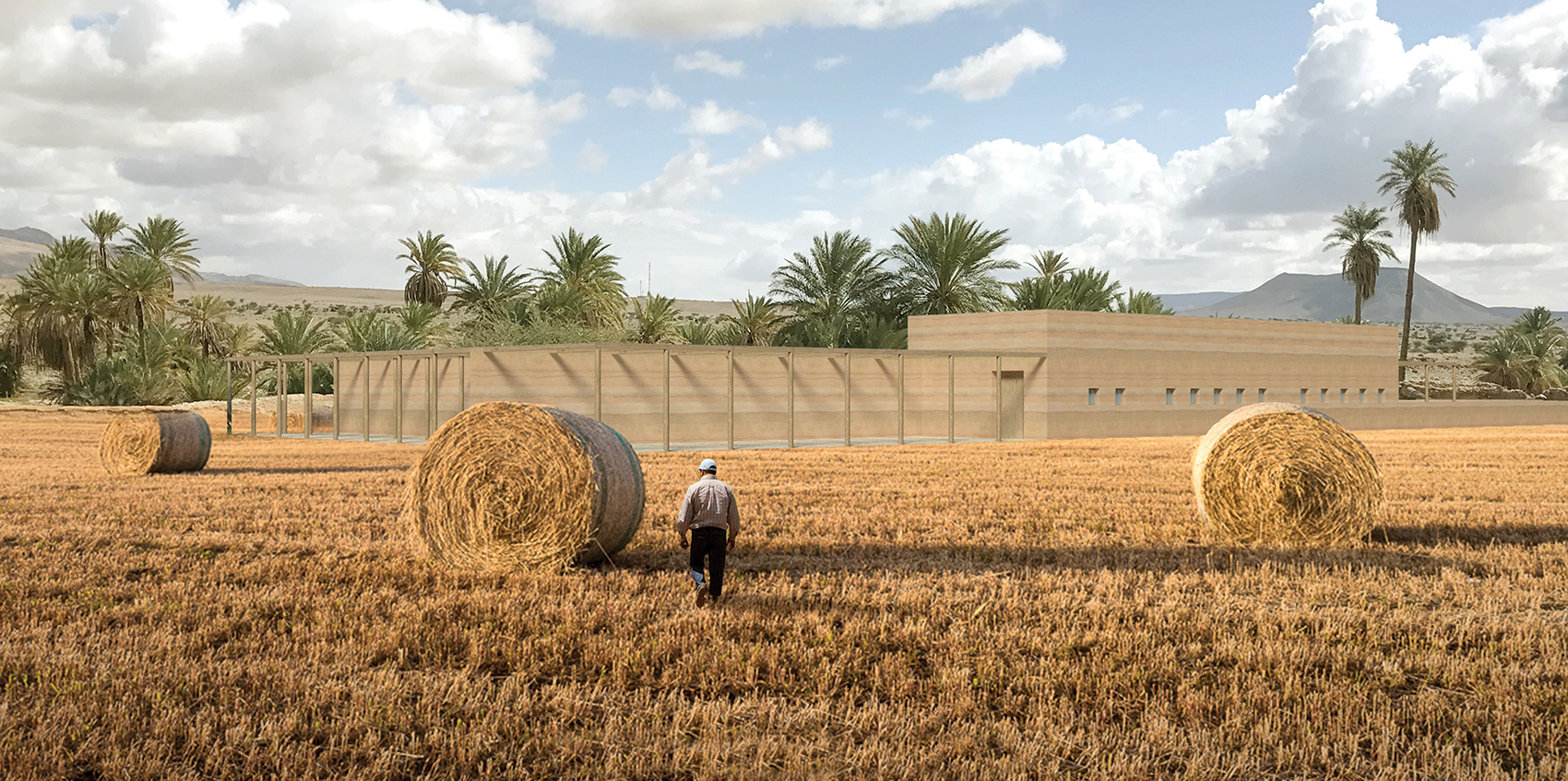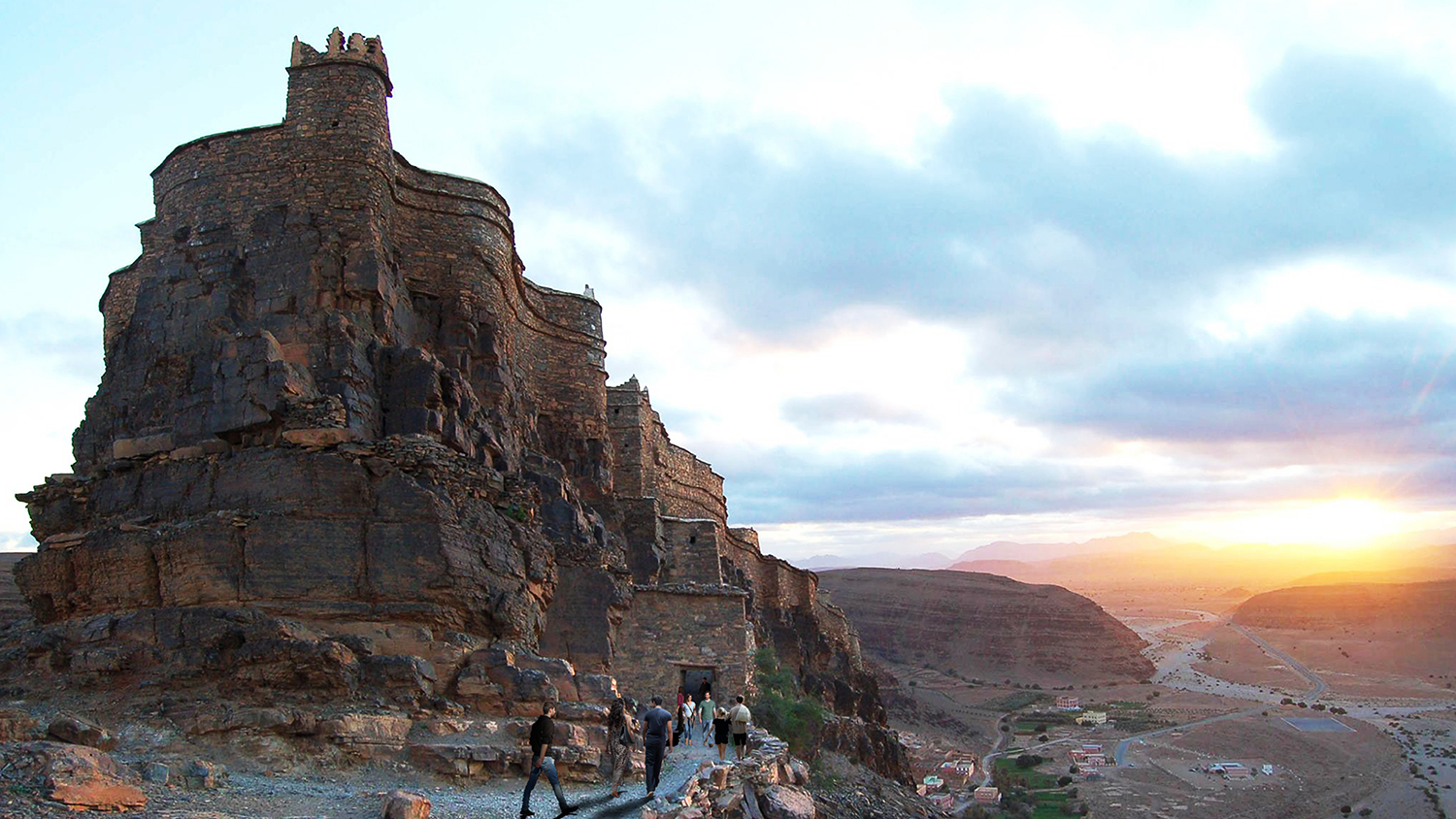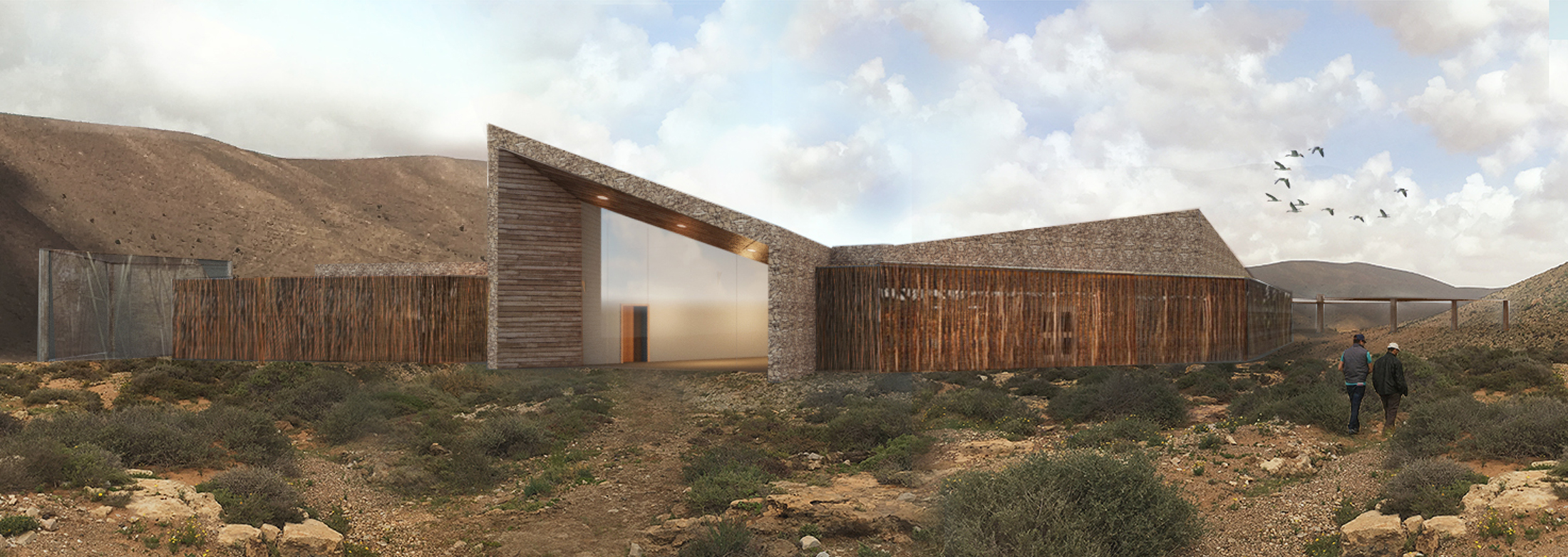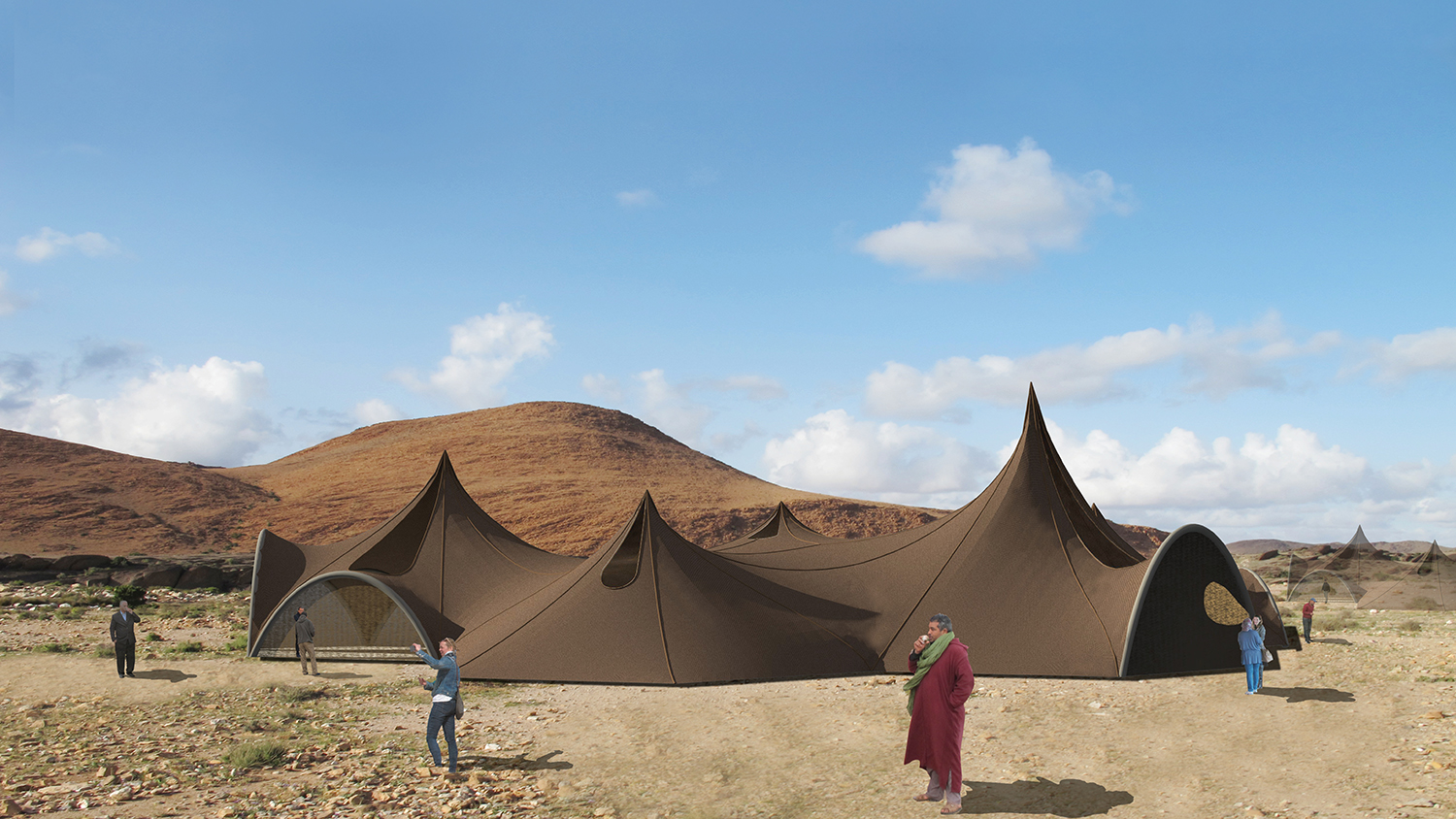03.04.18 - Aziza Chaouni is working to protect the culture and ecology of a sensitive region in Morocco by designing for ecological tourism
A new app designed by Associate Professor Aziza Chaouni together with a group of architecture students from the John H. Daniels Faculty of Architecture, Landscape, and Design, could be the first step in protecting communities in Morocco’s Guelmim Province from being forced to flee their land, where the ravages of climate change have led to widespread drought and desertification.
Soon available through itunes, the app provides would-be tourists with information on routes, sites, and resources in the region. But it also doubles as a master plan for the Moroccan Ministry of Tourism, which partnered with Chaouni and her research platform Designing Ecological Tourism (DET) to determine how sustainable tourism could help local residents, including low-income farmers and craftspeople, stay in the area and support the conservation of the region’s sensitive ecology.
“When people in this region abandon their land for the cities, they are also leaving behind cultural practices,” says Chaouni, an architect and engineer who grew up in Morocco and whose research is focused on design issues in the developing world, particularly arid climates. “It feels like I am witnessing culture being erased.”
Chaouni’s research, combining architecture and ecotourism, grew out of her Master of Architecture thesis at Harvard, which proposed uncovering the Fez River in her hometown — a project she further developed after graduating and came to realize.
“I was really interested in the scarcity of water, and, later, through my research as the Aga Khan Visiting Fellow at the Harvard Graduate School of Design, I found that many innovations in Saharan regions were happening in the field ecotourism, because owners had the means and the motivation to mix traditional construction techniques with innovative technology and design,” Chaouni says. “Working in areas where you cannot take your natural resources for granted, you realize how wasteful the design approaches you are accustomed to are. It completely redefined how I think about architecture and landscape architecture.”

Rendering by Yi Zhang, Agri-tourism centre
The Moroccan Ministry of Tourism reached out to Chaouni’s research platform to develop an ecotourism master plan for the southern Morocco province of Guelmim, where the Anti-Atlas mountain range, Sahara Desert and Atlantic Ocean meet. Although the unique landscape offers extraordinary hiking and trekking opportunities, beautiful beaches, and “is one of the best spots in the world for kite surfing,” Chaouni says it doesn’t receive as many tourist as other Moroccan destinations, in part because it lacks the infrastructure to support them.
Working with local politicians, villagers, ecologists, and landscape architects (including Associate Professor Alissa North), Chaouni and graduate students in her Winter 2017 research studio selected key sites identified by the Ministry and developed a program (which could include new built infrastructure such as a hotel, an interpretive centre, wayfinding, lookout points, or a combination of these elements) for each. Their research included a trip to the Guelmim Province where they visited the sites and met with locals.
“The student projects helped the Ministry and the local community better envision what could be built there and how it might support the fragile region,” explains Chaouni.
The following summer, Chaouni engaged the help of graduate students Mengie Cheng and Yiming Chen and undergraduate students Yi Zhang (now a Masters student) and Treasure Zhang, to map and rate the attractions, develop routes, and propose additional infrastructure that would need to be built to support them. The maps included existing hotels, homestay opportunities, and local cooperatives, where women have crafts for sale. Graduate student Eleanor Laffling and Undergraduate student Yasmine El Sanouyra provided editing and design assistance for the app this past fall.
With the help of developers at U of T, this information, along with some of the top student projects that illustrate a vision for the future, were incorporated into an app, which will be free to download. Design guidelines developed by Chaouni will inform the Ministry of Tourism’s request for proposals that will ultimate see infrastructure built across a total of 52 sites.
“I chose to do an app instead of a traditional publication because its impact on the livelihood of the local population will be more immediate,” says Chaouni. “The Ministry of Tourism is now interested in undertaking the same approach for other regions in Morocco.”
For more information on Designing Ecological Tourism, visit DET’s website.
Rederings, top:: 1) rehabilitation of Agadir Id Aissa, bu Treasure Zhang; 2) Birdwatching research station and lodge, by Kellie Chin; 3) rendering by Yiming Chen




